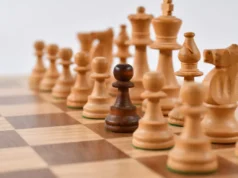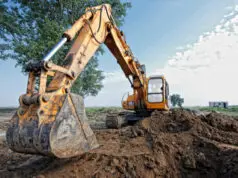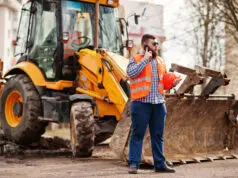
In Russia, there is a young girl who is an artist. Her name is Polarrana and she decided to release her new music as an NFT. But what is an NFT exactly? An NFT (non-fungible-token) is a digital valuable, which is completely unique. The rights and the digital contents are sold as a package and the owner is listed in a blockchain ledger, similar to Bitcoin. Polarrana’s purpose was to create an NFT, and then help offset the energy cost of making it by hiring a specialist team.
NFT offset

The creation of digital valuables such as Bitcoin and NFTs leave behind a carbon footprint. The problem is that these digital items are created with computing power, which requires electricity. Currently, the world is producing a big portion of electricity using fossil fuels, so Bitcoin mining and NFT creation are indirectly fueled by gas, oil, coal, etc.
Therefore, a Bitcoin carbon offset is being considered by environmental protectionists because each year 36 million tons of CO2 are required to „mine” Bitcoin. Polarrana recognized this and she wanted to raise awareness and spread the idea of sustainability and a negative carbon footprint.
Polarrana established a working relationship with ImpactScope, a team specializing on the carbon offset of Bitcoin and NFTs. According to them, carbon dioxide diffuses evenly throughout the lower atmosphere a few months after it is emitted. This creates an interesting situation where we can reduce CO2 emission on one side of the world, and the results will be felt globally.
The local solution can also become the global solution. Polarrana wishes to spread this mentality by using her NFT offset ro raise awareness. She knows how much energy her musical project required.
Being carbon-negative
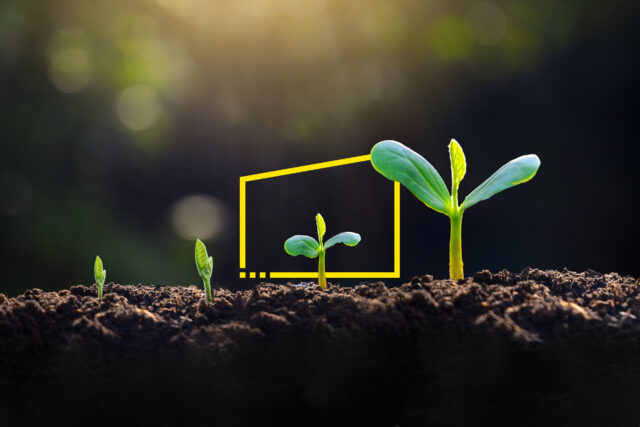
Every single onchain bitcoin transaction produces a carbon footprint of about 300 kgs. That is the same as flying from London to Paris. It is more important than ever to oversee the emissions that Bitcoin and NFTs cause. We need to consider implementing a Bitcoin carbon offset, not just an NFT offset, and the long-term goal is obviously to become carbon-negative.
Solutions to mitigate the negative environmental consequences
Luckily at ImpactScope, the team developed a wide range of tools to tackle the problem of the CO2 emissions caused by bitcoin miners and digital asset marketplaces. Each ImpactScope offset represents 1 tonne of CO2 that has been sequestered or avoided.
Due to the fact that the world’s largest carbon certification organizations like Gold Standard, Verra and Plan Vivo help to audit and monitor all of InspectScope’s project development partners, we can clearly see that the company is trying its best to help mitigate the world’s CO2 emission problems.
Because it is just 2024, the company cannot provide a golden solution to this issue. But for now it is a great way to ensure that if clients are buying the high quality ImpactScope offsets, the Proof of Work stakeholders will be able to ensure that equivalent amounts of excess carbon are not escaping into the atmosphere.
Method used to prevent the CO2 emissions:
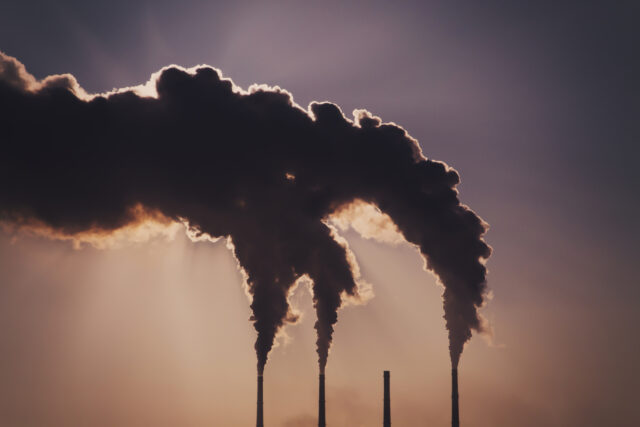
ImpactScope uses digital solutions to tackle the problem of the excess CO2 emissions caused by certain digital markets. With the help of easy-to-integrate APIs, dashboard CO2 calculator widgets and real-time fully integrated carbon offsetting solutions, the company’s bald aim is nothing less, than one day to get to the level of carbon-zero levels to protect our natural habitat from the harmful effect of excess CO2 emissions.
How to continue from here?
Polarrana did not spend her precious time in vain to find a solution to have a small impact on CO2 emissions just to release her artwork, but also so that others can think twice, before accepting a publisher’s offer that does not take the planet’s environmental issues seriously enough.
Her dream is to live in a world, where people make decisions according to how they will impact the environment as a whole, and not just how much a certain decision will fill up their bank accounts.
Her efforts to raise attention is truly remarkable, as most people are not tech savvy enough to even think that a certain decision during an artwork release can impact the world’s CO2 emissions.
Polarrana is making music licensing history

On June 11, 2024, Polarrana, in cooperation with NFT design studio Arcades Digital, published the first ever NFT which is fully compliant under Switzerland’s recently adopted Distributed Ledger Technology Law.
Due to the fact that Polarrana has more than a million followers across social media platforms, her influence on the young minds of her fans can be seen, as more and more people can be reached through her music of the awareness regarding CO2 emissions in the art industry.
Thanks to the huge effort of the team at ImpactScope, in Polarrana’s case what makes this NFT unique is that the rights to the token are certified directly with the artist and the detailed 20-plus page license contract is “baked into” the NFT. This in turn uniquely refers to the music file being licensed.
NFT is getting more popular, as it provides a unique way for the artists to give a buyer a digital evidence – like the artist’s signature – that the piece of art that has been sold now belongs to the buyer. The great bonus of the model is that ownership can be extended to resales of that token, allowing artists to continue receiving a cut.
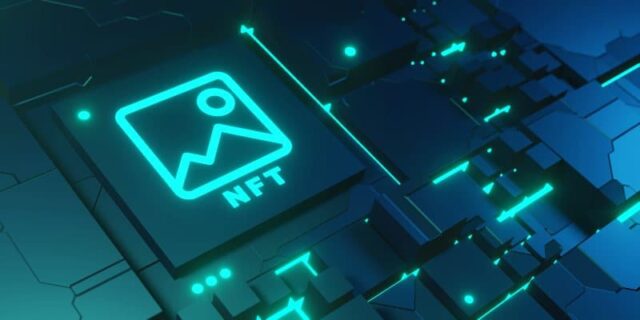
This is a remarkable solution, as licensing on the internet has always been quite chaotic, as different countries have different laws, and also people all across the world unfortunately are using artist’s work illegally.
This revolutionary method makes artwork licensing remarkably easier and way safer towards the artists, so they can focus on their wonderful skills and art creating process. This way they let the technically advanced team at ImpactScope work out the digital solutions, so that they can enjoy the creative work without worrying about the genius methods of reducing the art industry’s CO2 emissions.
Artists have always been a huge part in forming our future, but now with the help of highly-skilled IT developers, maybe they will be able to mitigate the excess CO2 emissions to help heal our world.


